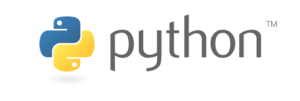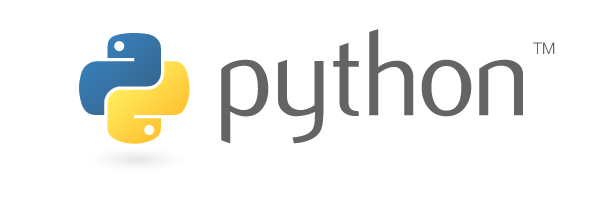On the front page under the Community menu, there are two new entries
– Adopters: Lists the use cases documented in the different data models. It includes searchable facilities. It contains these fields: adopter, description, mail, organization, project, comments, start date, subject and data model.
If you want to be listed, just make a PR on the file ADOPTERS.yaml of the data model folder. (The PR has to include an example ‘payload’ on how you use it)
– Contributors: Lists the people. It contains these fields: name, surname, mail, organization, project, comments, year, and subject.
If you want to be listed you have to have contributed to any of the data models of the subject and then make a PR on the CONTRIBUTORS.yaml at the root of the subject.
In both cases the attributes are not mandatory so they can be empty.











